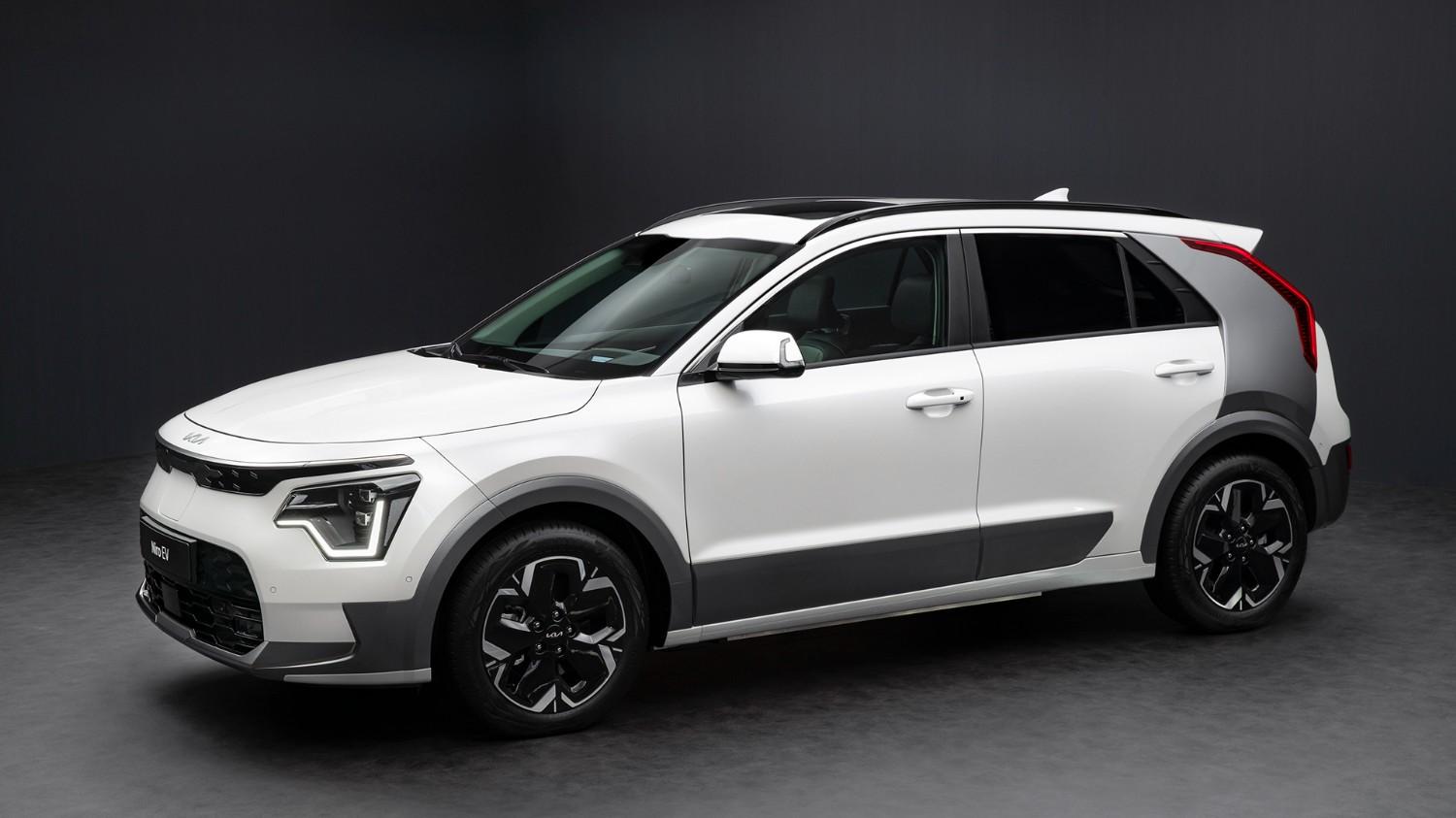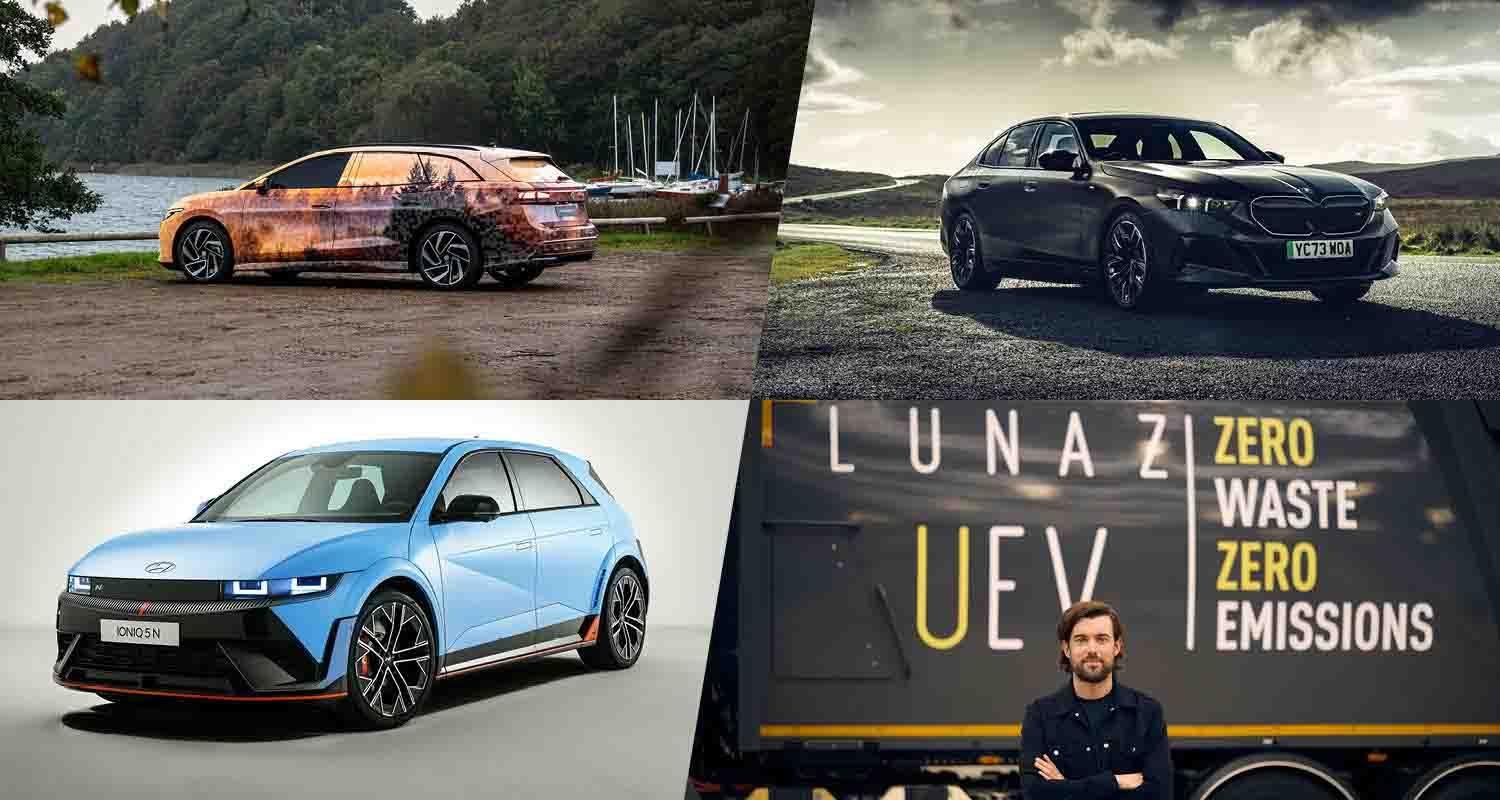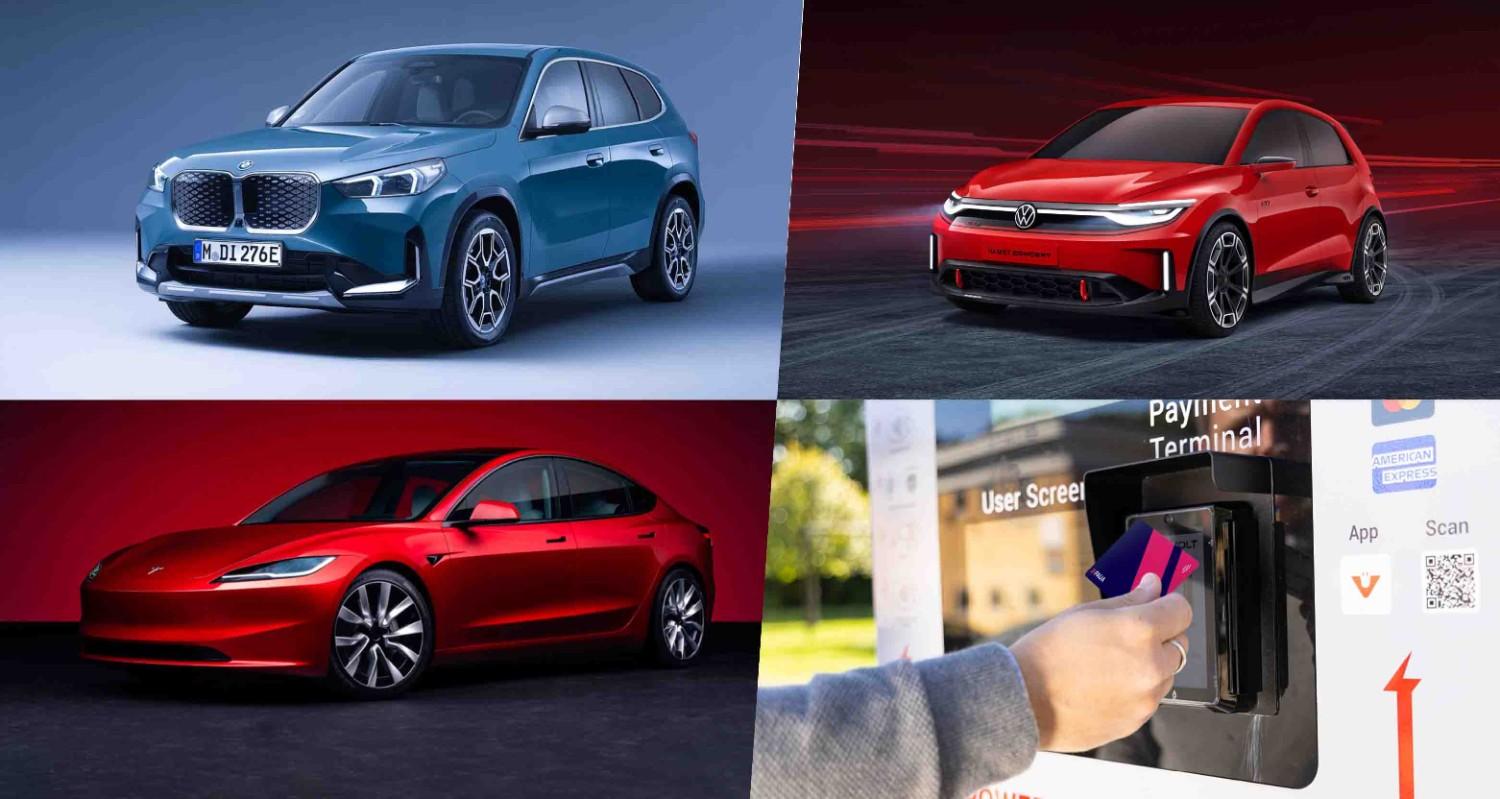New Kia Niro takes shape

Kia has released more details about its fresh-for-2022 Niro, its contender in the hotly contested C-SUV segment.
Alongside a mild-hybrid option, Kia is offering a plug-in hybrid (PHEV) and a full electric option. Both hybrid options use a Smartstream 1.6-litre GDI four-cylinder petrol engine. In PHEV form it produces 183PS (around 180bhp) when combined with 62kW permanent magnet synchronous electric motor.
On 16in wheels that’s good for an electric-only range of 65km. The engine has been revised low-friction ball bearings, gears optimised for transmission efficiency, and the removal of the reverse gear. That might seem a bit peculiar – even if it saves 2.3kg – but don’t fear being stuck nose-in: reverse gear is dealt with via the electric motor alone. It’s matched to a six-speed dual-clutch automatic gearbox.
The Niro PHEV also marks the debut of Hyundai Motor Group’s 5.5KwH high-volt Positive Temperature Coefficient heater: essentially, alongside the traditional heating system, self-regulating ceramic elements maintain continuous warm air flow.
Both the mild and plug-in hybrid versions actively scans the local area for ‘green zones’, such as roads near schools, hospitals and built-up areas, to automatically switch to electric-only driving to reduce exhaust emissions to zero. More of these green zones can be programmed in by the driver.
Kia has also homologated the mild and PHEV versions for towing; braked towing capacity for both is 1300kg.
What about the Kia Niro electric?
Motive power is provided by a 64.8kWh lithium-ion polymer battery that provides 463km (287 miles) of range, with 150kW (201bhp) of power between 6000rpm and 14,600rpm. Torque is instant and rated at 255Nm, and from 0-62mph takes 7.8 seconds.
All out you’ll be able to do 103mph, but only on an Autobahn, officer. Charging from 10 to 80 per cent takes 43 minutes with a DC rapid charger, and in low temperatures the Niro EV uses navigation-based battery conditioning to pre-heat the battery when a charge point is selected as a destination. Kia has also homologated the EV for towing, with a 750kg braked limit.
What about the toys?
Inside, two 10.25-inch display screens show vehicle and navigation information, while a multi-mode touch display controls the infotainment and heating. There’s also a 10in head-up display that shows speed, ADAS data and navigation commands. Those ADAS features include Lane Keeping Assist (LKA), Lane Following Assist (LFA), Highway Driving Assist (HDA), Driver Attention Warning (DAW), High Beam Assist (HBA), Navigation-based Smart Cruise Control-Curve (NSCC-C), Blind-Spot Collision-Avoidance Assist (BCA), Rear View Monitor (RVM) and Rear Cross-Traffic Collision-Avoidance Assist (RCCA).
If they weren’t enough acronyms to play with, there’s FCA – Forward Collision Avoidance Assist (FCA), which will deliver an audible and visual warning (or even brake) to the driver if the system detects a possible collision with other road users or pedestrians, while the Junction Turning function warns the driver about side impacts and will brake if the driver takes no action.
The Kia Connect app allows drivers to view and control vehicle charge status, plan a route using online navigation, sync calendars and access on-board features such as charge station proximity, live weather and traffic alerts.
The Niro also has a remote parking assistant and ‘vehicle to load’ functionality, which means that unused battery charge can be used to power external electrical appliances thanks to the bi-directional ability of the EV power pack.
How practical is the Kia Niro EV?
The EV version has 475 litres of boot space, with 20 litres in the front. The hybrid model come with 451 litres (mild) and 348 litre (PHEV), which can be extended to 1445 litres (mild), 1342 litres (PHEV) and 1392 litres (EV) with the rear seats folded down.
There’s also a one-touch system for flattening the passenger seat when stationary. The seat will move into a ‘relaxion’ mode which will lift and recline it to ‘maximise comfort and provide optimal postural support while resting’.











